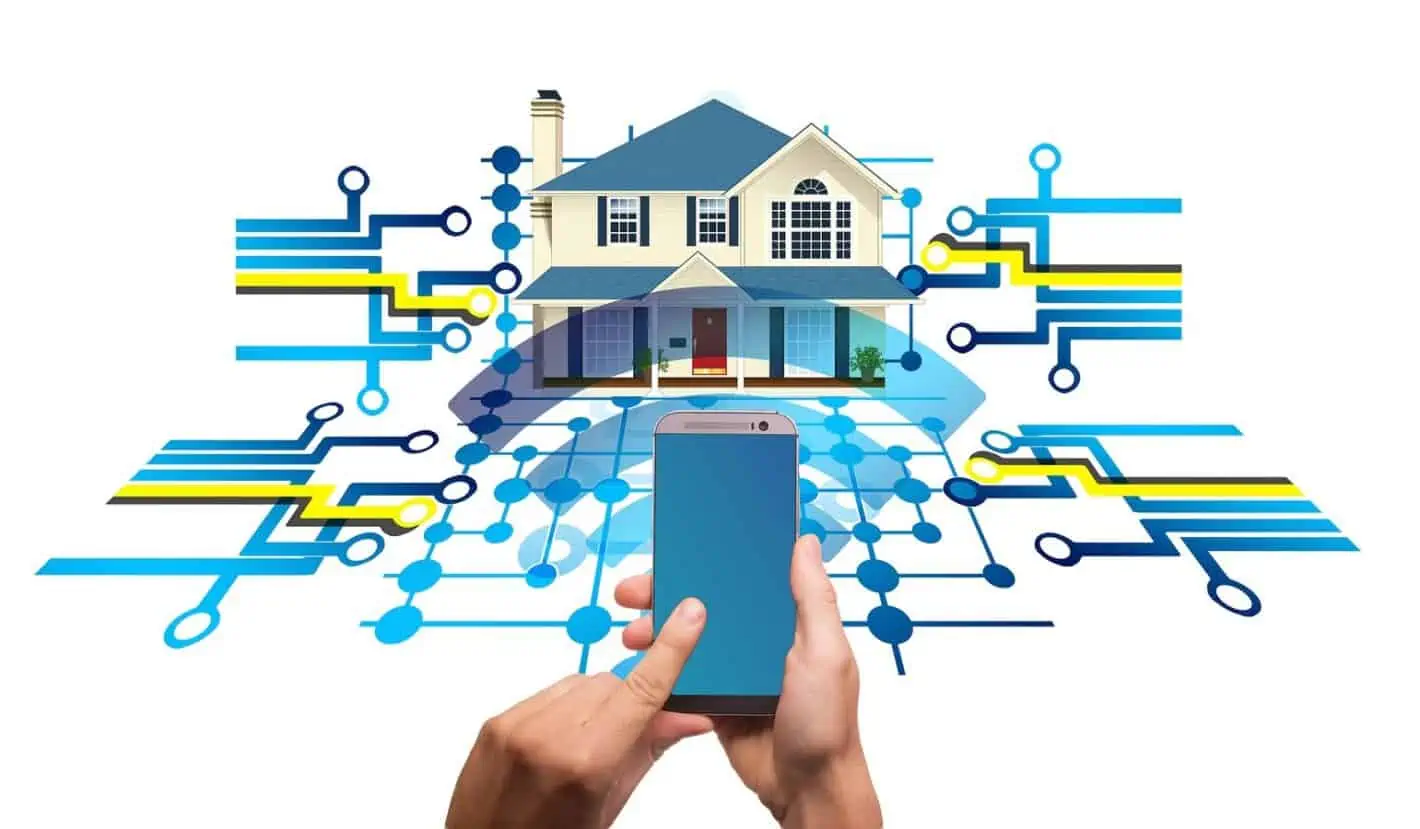In recent years, smart home technology has taken the market by storm. In fact, a 2022 survey showed that nearly 58 million households in the United States use some form of smart home technology. This comes as no surprise, as more and more Americans and others around the world are opting for work-from-home lifestyles, and want to spend more time at home in general.
Smart home devices and systems offer individuals and families the ability to streamline daily household functions, but what exactly are they? And, how do they work?
“Smart home” is a relatively new tech-term to describe a home (or business) system in which users can control settings on various pieces of technology or equipment via the internet. Essentially, smart home systems automate processes that otherwise would need to be controlled manually. Smart home devices refer to any device that has the ability to connect to the internet and be controlled remotely.
There are a few different ways smart home devices work. For users who are truly committed to a fully-integrated smart home, using a “hub” such as the Amazon Echo or Google Home is preferred. But for those who want only one or two pieces of smart home equipment in their homes, many smart home devices offer users the ability to download an app to their smartphone or tablet, and control the settings on the device there. Whatever mechanism you choose, just make sure the device you wish to integrate has smart home capabilities. Some old appliances, or old window air conditioning units, for example, may not have the capabilities to connect to the internet, which is key for smart home use.
Whether you are a tech fanatic or an antiquarian, smart home systems have something to offer all users. Though the possibilities with smart technology are endless, and smart devices exist in abundance for your consideration, here are five basic ways smart home technology can be used to upgrade your home experience.
1. Lights and Fans
One of the most popular ways that users take advantage of their smart home is by integrating the lights in their home or business. The ability to control lights remotely not only saves time, but also money and energy. Have you ever left home wondering if you left the lights on? Or maybe you don’t like coming home to a dark house, but also want to conserve energy. With a smart home, all you need to do is check your device, and adjust your lights to your liking. Some programs even offer the ability to keep lights on a schedule.
2. Heat and Air Conditioning
Have you ever been comfortable in bed after a long day of work and realized that it’s just a little too warm or cool in your home for your liking? This kind of discomfort can be maddening, and having to get up and shuffle your way to the thermostat is never fun. By integrating your heating and/or air conditioning, all you would have to do is roll over and adjust the temperature and settings from your device.
Integrating heating and air conditioning can also be a huge energy saver. Many people prefer to turn their AC down when they leave so that they save energy and money, but no one wants to come home to a hot house and have to wait for the AC to cool it down. By controlling the AC remotely, you can get your AC running ahead of time, and avoid unpleasant temperatures altogether. This is obviously also true when it comes to heat.
3. Security
Using a smart home system to improve home or business security is extremely popular among consumers. Cameras, alarms, sensors, locks on doors and windows, and more, can all be controlled remotely using smart home integration. With smart security, you can rest assured knowing that you will be notified should anything suspicious or unusual occur. This is especially useful for individuals and families who are out of town, and want to keep tabs on their home or business from afar.
But the capabilities don’t end with monitoring. Users can also control everything mentioned above. For example, if you are expecting a cat sitter to come by your house while you’re out of town, but don’t want to go through the trouble of giving out a spare key, you can use smart locks to remotely lock and unlock your house as you see fit.
4. Refrigerators and other appliances
Integrating appliances into a smart home system can be a bit more tricky. Oftentimes, appliances like refrigerators don’t have internet connectivity abilities, which is essential for smart home use. And, as we all know, replacing appliances can be extremely expensive. However, for those who already have compatible appliances or who don’t mind the cost of replacing them, integrating appliances into your smart home system is a must. Smart refrigerators, for example, enable users to view what is inside their fridge remotely, which can save a ton of money over time, as you will no longer waste money on unneeded groceries.
5. Safety
One of the most reasonable ways to use smart home technology is by integrating smoke and carbon monoxide detectors. There are several smart detectors available, and replacing your old detectors is a relatively easy process, with a huge payoff. Not only will you be notified of any issues even when you are not at your home or business, but in the event that something does happen, you will be able to notify your local fire department right away. This kind of peace of mind is priceless, and smart homes make it so easy to achieve.

